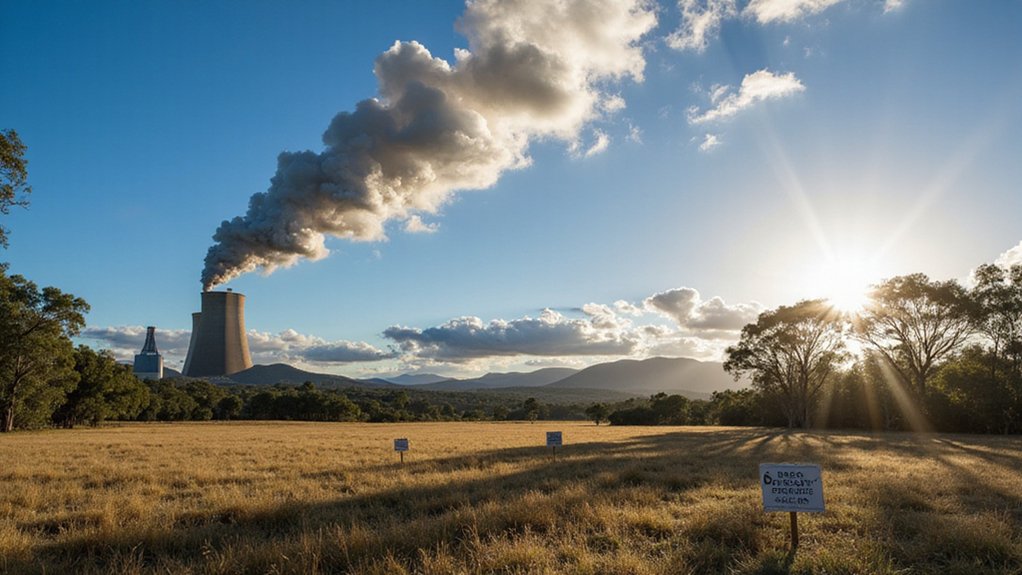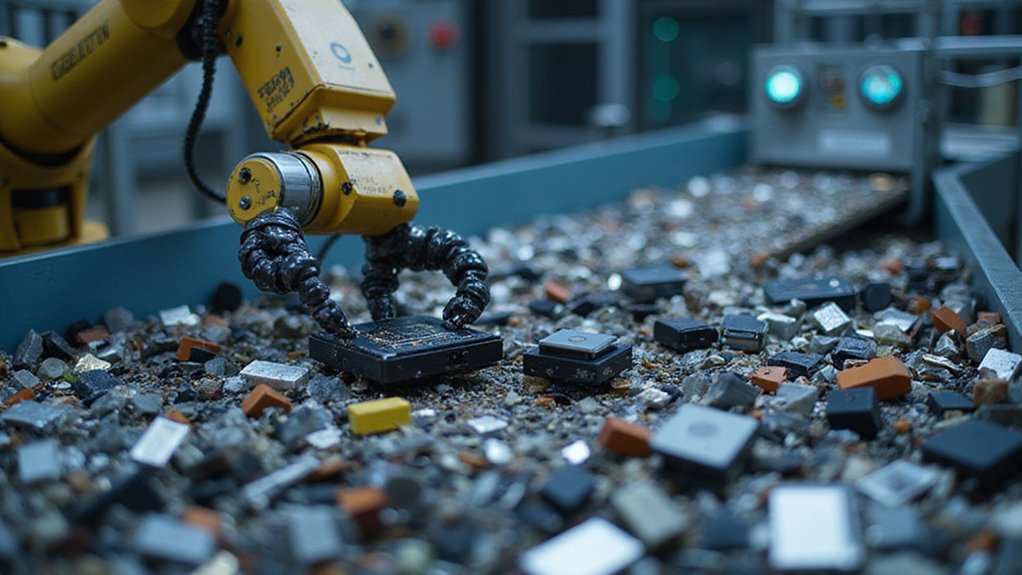Engineers have found a new way to make clean energy from an unexpected source: toilet flushes. Small water turbines can now be installed in waste pipes to capture energy as water flows downward. The system works like miniature hydroelectric dams, turning everyday waste into electricity. These devices don’t change how toilets function but add value to something people already do daily. Scientists believe this technology could help buildings reduce their carbon footprint while cutting energy costs.
As the world searches for innovative renewable energy solutions, an unexpected source of power is making waves in sustainability circles: the humble toilet. Engineers have developed micro-hydro turbines that can be installed in water pipes to capture energy from toilet flushes and other wastewater flows.
In an era of renewable innovation, toilets emerge as unexpected power generators through clever micro-hydro technology.
The technology works by placing specially designed turbines within plumbing systems. One example, the Benkatina in-pipe turbine, achieves impressive efficiency rates of 55% at 1 kW output and 61% at 5 kW output. These systems can divert wastewater to specialized canals where turbines generate electricity through water vortexes. The Benkatina model specifically employs an innovative design using air bubble technology to prevent water interference with the turbine blades.
Early prototypes showed promise by using transducers to convert water motion into enough electricity to power an LED. Today’s more advanced systems can potentially power up to 60 households by utilizing wastewater from toilets and other sources.
The environmental benefits are substantial. For every kilowatt-hour produced via these in-pipe hydro turbines, CO2 equivalent savings reach up to 553 tons per year. This helps reduce dependence on fossil fuels and supports renewable energy advancements in urban areas. Unlike wind or solar power, these systems offer consistent generation regardless of weather conditions, similar to traditional geothermal energy’s reliability.
From an economic standpoint, the technology makes sense too. In-PRV micro-hydro turbines have payback periods of just 4 to 5 years, with electricity generation costs estimated at 0.03–0.05 cents per kilowatt-hour. Integration into existing plumbing minimizes additional infrastructure costs.
Installation is relatively straightforward, requiring prefabricated components that can be integrated into existing or new infrastructure. Portland, Oregon has become a pioneer in this field by selling sewage effluent as a viable fuel alternative. Some installations are already underway, particularly at offshore wind farms where turbine toilets improve sustainability and comfort.
Despite these advantages, the technology faces challenges. The concept remains in early stages, with current energy output per flush insufficient for large-scale household needs. Energy gains depend on water flow speed, device structure, and efficient capture mechanisms.
The technology is scalable for various applications, from individual homes to apartment complexes and municipal facilities. As research continues, your daily flush might soon contribute to a cleaner energy future.









